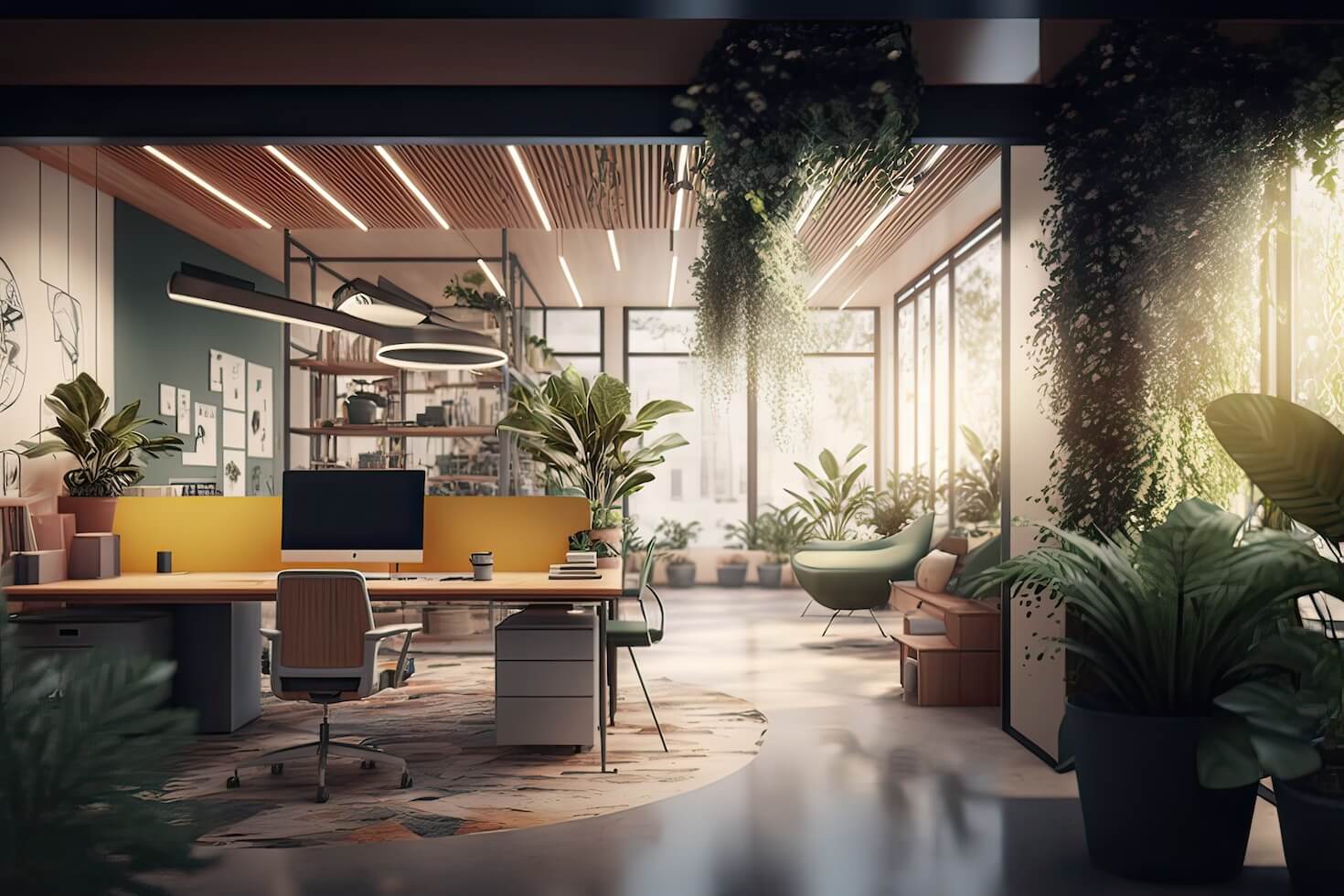Optimising workplace design for innovation
Innovation in the workplace is crucial for growth and success. While creativity and problem-solving abilities are primarily the domain of employees, the workplace’s design play a significant role in fostering a culture of innovation.
Here are five ways to optimise your workplace and encourage innovation:
1. Make innovation part of company culture
Collaboration, idea sharing, and teamwork are crucial components for fostering innovation within an organisation. According to a study conducted by Timothy R. Clark in the Harvard Business Review, to create such a culture, leaders must cultivate an environment that encourages intellectual bravery and rewards it.
To create a collaborative workplace, consider open floor plans, shared workspaces, and break rooms where team members can gather and socialise. Encourage employees to interact with each other by placing common areas such as break rooms, lounges, and kitchens in central locations that are easily accessible to all.
2. Integrate Flexibility and Mobility
Innovation often requires a change of scenery or a different perspective. To encourage flexibility and mobility, consider incorporating adjustable or movable furniture that can be easily reconfigured to suit different tasks and activities. Additionally, provide ample space for employees to move around and change positions throughout the day. This can include standing desks, ergonomic chairs, and even walking or treadmill desks.
3. Incorporate Natural Light and Biophilia to improve workplace innovation
Exposure to natural light can improve mood, increase productivity, and enhance creativity. To create a more appealing and productive workspace, consider introducing large windows and skylights that allow natural light to filter into the space, promoting a connection to the outdoor environment. Additionally, adding greenery such as plants or living walls can improve air quality, reduce stress, and increase productivity.
Learn more about impacts of natural light here.
4. Optimise the use of Colour and Texture
Colour and texture can have a significant impact on mood and creativity. Consider using a variety of colours and textures in your workplace interior architecture to create a visually stimulating environment that encourages creativity and innovation. Use bright colours to add energy and excitement, or cool colours to promote calmness and focus. Additionally, incorporating different textures such as wood, metal, or fabric can add depth and dimension to your workplace.
5. Emphasize innovation by prioritising comfort and well-being
Placing importance on comfort and well-being within your workplace’s interior architecture is crucial. Ergonomic furniture, and a good air quality system can all contribute to employee well-being and happiness. Additionally, consider incorporating wellness amenities such as a gym or meditation room to promote a healthy work-life balance.
Reece The Works in Melbourne is a prime illustration of workplace innovation, designed by Futurespace to provide a destination for trade professionals and customers to engage with Reece’s offerings. The space features various innovative elements such as a living wall, diverse workspaces, advanced technology, and amenities that foster employee well-being and work-life balance. It exemplifies how innovative interior design can enhance customer experiences, promote employee well-being, and cultivate a dynamic atmosphere for collaboration and creativity.
Future X Collective works with clients to drive new strategies to help create a workspace that inspires creativity, fosters collaboration, and drives productivity.– Contact our workplace strategy consultants to learn more about how we can help you create a workplace that optimises innovation.



